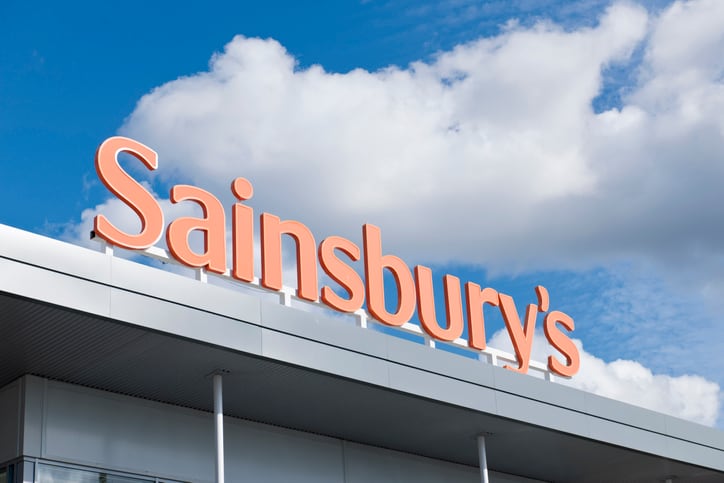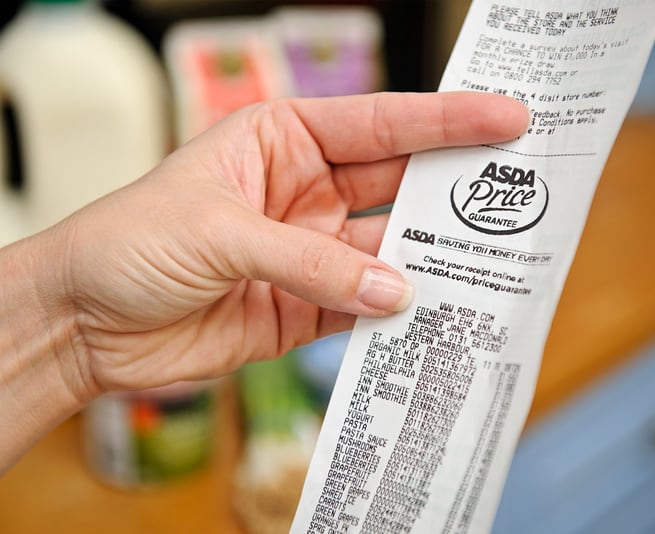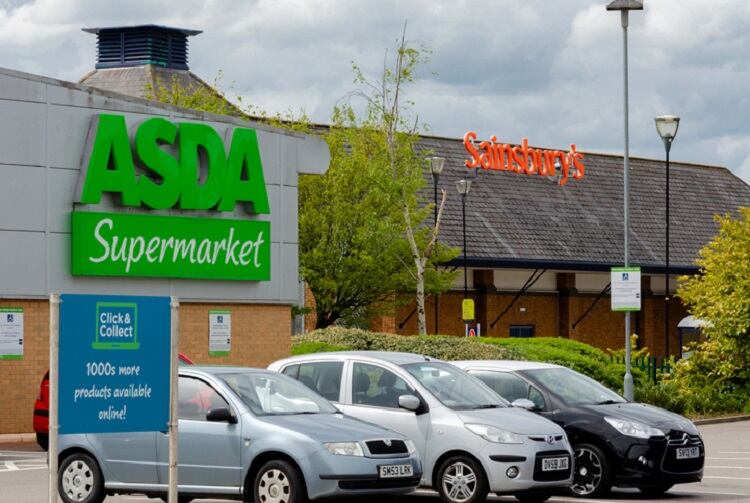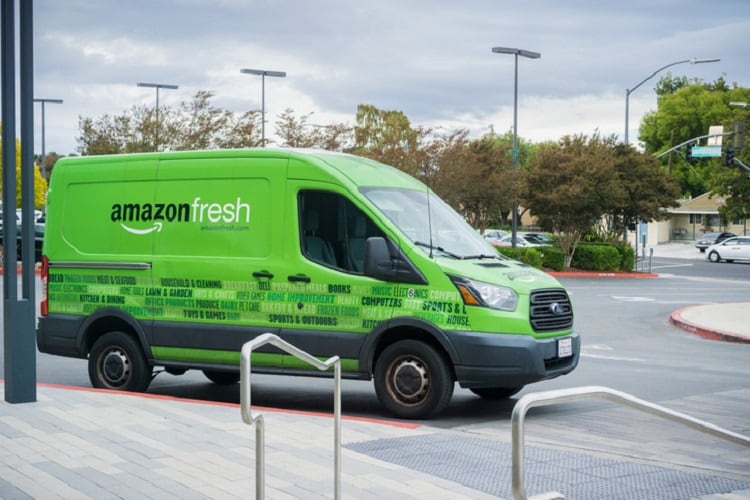Retailers Sainsbury’s and Asda are regarded among the ‘big four’ supermarket chains in the UK, alongside Tesco and Morrisons.
According to Mintel, 90% of supermarket shoppers say they typically spend the most with one of these four, including 19% at Sainsbury’s and 20% at Asda.
With such large market share, it was unsurprising that a proposed merger between the two sparked an in-depth investigation from UK consumer and competition watchdog, the CMA.
Eight months later, the CMA has now issued its final report. Published today (25 April 2019), the findings reject the proposed merger, concluding the deal would not favour UK shoppers and motorists in the long-term.
According to a group of independent CMA panel members, chaired by Stuart McIntosh, the deal had the potential to increase prices in stores, online, and at many petrol stations in the UK.
“Following our in-depth investigation, we have found this deal would lead to increased prices, reduced quality and choice of products, or a poorer shopping experience for all of their UK shoppers,” said McIntosh.
“We have concluded that there is no effective way of addressing our concerns, other than to block the merger.”
Asda, owned by parent company Walmart, lamented the news, with CEO of Walmart International Judith McKenna saying the company was “disappointed” by CMA’s final report and conclusions.
McKenna saw the proposed merger as an opportunity to strengthen the Asda business and deliver “real benefits” to UK shoppers.“Our focus now is on continuing to position Asda as a strong UK retailer delivering for customers. Walmart will ensure Asda has the resources it needs to achieve that.”
‘It would have created a ‘duopoly’’
While Asda, its parent company Walmart, and Sainsbury’s have agreed to terminate the transaction in light of the CMA’s findings, it sparks the question: What would a merger have looked like?
Of the 90% of supermarket shoppers spending mostly with the big four, a merger between Sainsbury’s and Asda would have seen 39% spending at the newly partnered company.
“It would have created what you might term a ‘duopoly’,” Mintel associate director of retail, Nick Carroll, told FoodNavigator.
“You would have Tesco and its vast array of grocers, and its wholesale arm, and then you would have Sainsbury’s and Asda. And those two would have held over 50% of the market.”
While the merger would have led to significant competitiveness between the two chains, it may also have kept some small and medium-sized retailers out of the market.

“The greater scale that both now have, along with the continuing influence of [low-cost supermarkets] Aldi and Lidl may have disadvantaged some other smaller players which due to their size and scale cannot compete in investment or pricing,” said Carroll.
What does this mean for consumers?
In theory, the idea of bringing Sainsbury’s and Asda together – which would have significantly increased their buying power – was “nice and simple”, Mintel’s Carroll told this publication.
It may well have resulted in lower prices for consumers in the short term, he added, yet “the realities of making that work would have been highly complex”.
There was the potential for Sainsbury’s to lose its edge in terms of quality, if it was to bring itself in line with Asda, he continued.
Now that a merger is off the table, retail expert Ratula Chakraborty, from the University of East Anglia, suggests shoppers should celebrate the CMA’s decision.
“UK shoppers should rejoice at the CMA’s decision to block the proposed merger between Sainsbury’s and Asda. This merger would have reduced competition, resulting in higher prices and less choice. Consumers can now expect the supermarket wars to resume with full force, as the retailers now know that they cannot avoid competition by hiding behind anti-competitive alliances and tie-ups.
“The CMA decision has ensured that the only way to win in this market is by competing head-to-head to give consumers genuine better value for money rather than have giant monopolies stitching up the market and pretending to compete through illusory marketing gimmicks.”
Suppliers and workers: ‘Breathing a sigh of relief’
From a supplier perspective, Mark Jones, partner at law firm Gordons and an expert in the food and drink supply chain, expects the majority will be “breathing a sigh of relief”.

“The CMA said the risk was that customers would face higher prices. Maybe that is true but in the short term, suppliers would have been told that they have to supply the combined business at the lower of the two prices they charge Asda or Sainsbury’s, or possibly provide a new even lower price,” said Jones.
“That would have been the immediate effect of the merger and, thankfully for suppliers, the CMA has done them a favour.”
Sainsbury’s employees may also be relieved to learn this news, suggested UK and Ireland workers’ union, Unite.
“Sainsbury’s workers will welcome the news that the proposed merger with Asda is off,” said Unite national officer Bev Clarkson.
“The merger and the possibility of store closures and job losses as a result has been unsettling, causing great uncertainty at a time when the supermarket has imposed changes to contracts that have left many workers out of pocket.
“Staff will now look to senior management to give them certainty so they can concentrate on serving customers.”





